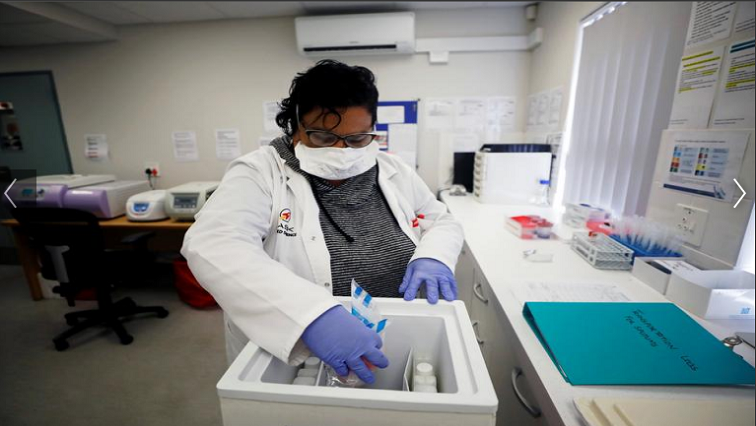Senior Researcher at the Council for Scientific and Industrial Research (CSIR), Dr Essa Suleman says false negative COVID-19 tests are more worrying than false positive tests.
Sulleman says, “False negatives will be more worrying to clinicians as these patients, who are really infected but may still be in early stages (incubation phase) or are asymptomatic, will easily spread the virus and infect others. This is particularly concerning for the new variants of SARS-CoV-2, which spread faster and more easily as has been reported in South Africa and other parts of the world.”
Recently, South African track and field sprinter, Wayde van Niekerk and Ukhozi FM DJ, Tshatha Ngobe received false positive COVID-19 tests and also SABC News spoke to some people who were confused after receiving false negative tests.
Laboratory service company, Pathcare says while false positive COVID-19 Polymerase chain reaction (PCR) tests do occur, false negative tests are frequently seen, especially in asymptomatic patients.
According to a study by the South African Medical Journal, the prevalence of false positive cases in South Africa is 3% and according to Specialist Family Physician, Dr Marina Klokke the rate of false negative tests is about 30%.
Suleman says a false positive COVID-19 test occurs when the test result is positive for a patient who does not have the virus.
“Example, the person is really negative and has no COVID-19 symptoms but for some reason, e.g. contamination, operator error, possible issue with the assay itself or something else, the test result comes out positive. This sample would need to be re-tested”
He says a false negative COVID-19 test occurs when the test result is negative for a patient who does have COVID-19.
“Example, the person is infected with SARS-CoV-2 and may be displaying all the symptoms but the test result is negative. This could be due various reasons e.g. problem with the sample, e.g. too little sample collected, sample collected too early, e.g. during incubation phase when the amount of virus is low), test operator error, an issue with the assay, e.g. assay is not sensitive enough.”
INFOGRAPHIC: Differences between false negative and false positive COVID-19 test:

Sulleman says, the key differences between the between false negative tests and false positive tests is whether the patient is really infected with COVID-19 or not.
“If they are not infected but the test result comes back positive then it will be a false positive result. If they are infected but the test result comes back negative then it will be a false negative result. Therefore it is important that a final diagnosis be made by a suitably qualified medical professional who will analyse and interpret the test results in conjunction with examination of the patient and other factors to determine if a patient is really positive or negative. The clinician may request a re-test if necessary.”
However, Virologist at the Nation Health Laboratories Service, Dr Florette Treurnicht says a false positive test has far reaching implications than a false negative.
INFOGRAPHIC: Different types of COVID-19 tests:

Loading…






